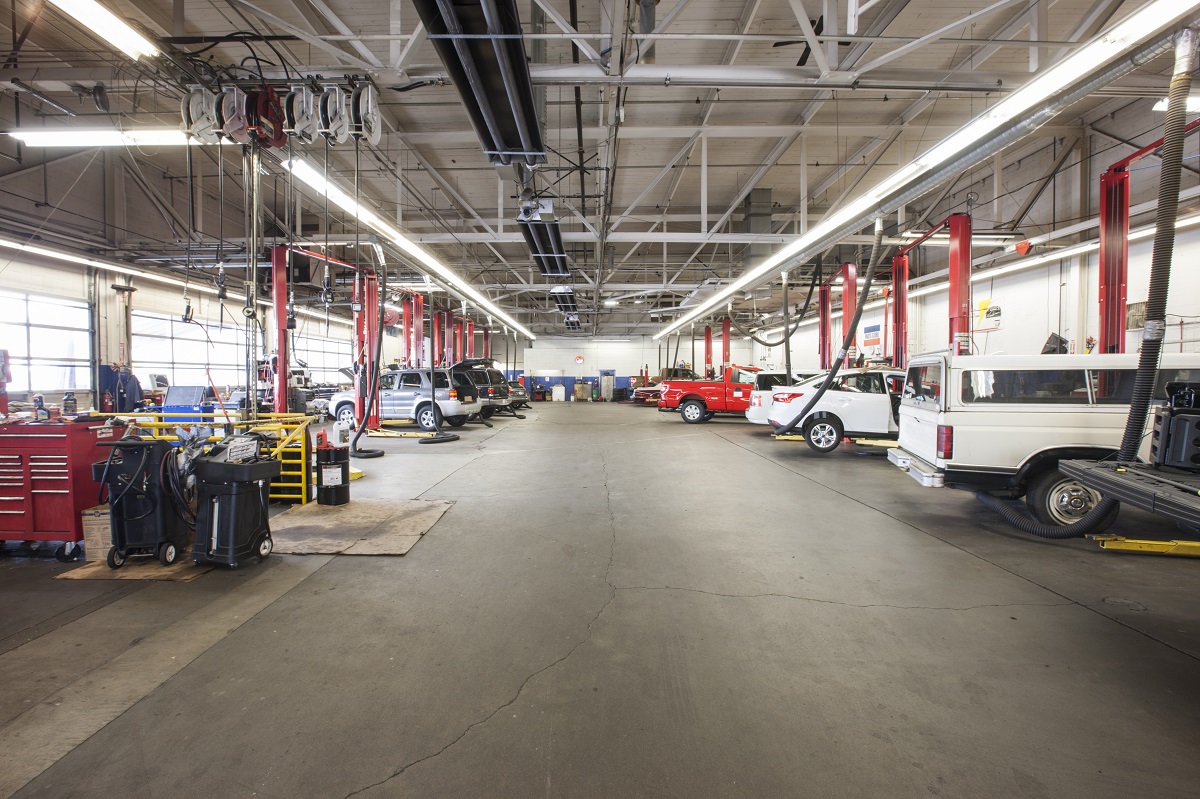What Are the Uses of Steel Channels?

What are the uses of steel channels?
- Bridges
- Wall studs
- Rafters
- Door frames
- Automotive parts
- Enclosures
Structural steel channels are parts that come in a unique C-shaped or U-shaped cross-section. Their distinctive design features two opposite flags that run parallel to one another — these flanges can either be tapered or uniform, depending on the type of steel channel. From its cross-section, you can also spot a flat area produced during the hot rolling process. Widely seen in different types of structures, the uses of steel channels are versatile and can provide better strength, durability, and stability.
Excellent for structural support, steel channels can be found in bridges, wall studs, rafters, door frames, wooden beams, enclosures, and many more. Their design is suitable for a range of large-scale and small-scale structures, due to the added ability for impact absorption and physical support. Read on to learn more.
Bridges

Bridge decks are traveled on by different types of vehicles — be it a sedan, trailer truck, 10-wheeler, or motorcycle. In order for the deck to support these structures, steel channels act as support to keep all of the bridge’s components intact. They can be found in different structures in the bridge, such as the trusses, trestles, girders, and the like.
Unlike other materials, steel channels offer better durability when used in load-bearing structures, such as bridges. As the material itself is long-lasting, steel bridges won’t require extensive maintenance and repairs. They also prolong the in-service use of the bridge, thereby improving the safety of passers and other vehicles, even after prolonged use.
Wall Studs
Aside from bridges, steel channels can also be used as building wall studs. These are usually found in the innermost structure of walls and they provide vertical support for different wall structures, such as drywall, paneling, cement, and the like.
Unlike wooden studs, steel studs are a better option due to their improved durability. This makes them ideal for use even in wet-zones or high-moisture environments which aren’t suitable conditions to maintain wood studs.
For barebones wall structures, steel channels also serve as a modern design that doesn’t take up too much space. They also provide clear partitions when dividing different areas of a room.
Rafters

Rafters are a series of structures that are found on the roof of a building. They’re typically installed as part of a system that includes battens, purlins, joists, ceilings, and wall plates. Without rafters, it’s nearly impossible to support roof decks and other materials such as corrugated sheets, asphalt shingles, or even solar panels.
Steel channels — either C-shaped or U-shaped — can be used to replace I-joists that may not be structurally sound. They offer better support and allow for more uniform weight distribution, especially when the roofing load may create pressure on the ceiling. When used as rafters, steel channels also provide ample protection against heavy wind loads, preventing the structure from detaching and collapsing.
Door Frames
In smaller-scale applications, steel channels are also used as metal door frames, especially when the door is made from wood or any other combustible material. Metal door frames also increase the lifespan of the main door body, protecting the edges from damage and effectively slowing down the rate of wear and tear.
Although not all types of steel channels are corrosion-resistant, they can be coated through a method known as galvanizing. The added zinc layer metallurgically reacts to the surface of the steel, making it durable under different environmental conditions.
As wooden structures are also prone to rotting and termite damage, galvanized steel channels also serve as another line of defense in protecting these wooden structures.
Automotive Parts

The framework of any vehicle is crucial in providing stable housing for the entire machinery, while also protecting different components. Without proper framing, manufacturing a vehicle would be virtually impossible, due to a lack of structure that can support the engine, chassis, suspension, car doors, wheels, and the like.
Steel channels can also undergo further hot-forming and metal fabrication to fit a vehicle body. Aside from allowing the different components of the vehicle to come together, the steel channels also act as a protective structure for the driver. In the event of minor collisions, automotive-specified steel channels can minimize the impact on the driver and keep injuries at a minimum.
Enclosures
As an alternative to steel nets, steel channels can also be found in different enclosures. For the agricultural industry, steel channel enclosures are used to store livestock and other equipment. They’re far sturdier than metal nets, and also provide a low-cost option due to less maintenance and repairs required.
Aside from agricultural enclosures, different industries may also make use of steel channels to form a fully-secure enclosure. For example, they can deter trespassers in sensitive locations such as power plants, banks, and other commercial establishments.
Key Takeaway
As mentioned before, steel channels are unique materials composed of two flanges and a flat surface, made possible through hot-forming. The uses of steel channels may vary depending on the industry. For construction, they may be used in forming building rafters, bridges, enclosures, door frames, and wall studs. Its other uses include heavy-duty automotive parts and enclosures used to secure a building’s assets and improve safety.
In need of high-grade steel channels? Metal Exponents’ product selection has everything you’re looking for. Click here for more information! You may also contact us for questions, inquiries, and suggestions.


